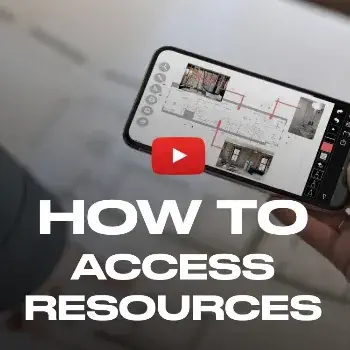When managing a construction site, ensuring that all essential temporary services and accommodations are in place is crucial for efficient operations and compliance with safety and regulatory standards. Here's a comprehensive list of must-have services, organised by category, with considerations for the number of workers, OHS requirements, local regulations, and site-specific conditions:
Temporary Electrical Infrastructure Power Poles and Distribution Boxes: Essential for providing electricity to the site. Ensure compliance with local electrical codes and safety standards. Temporary Lighting: Adequate lighting for safe operations, especially during early morning or late evening work. Backup Generators: For sites with unreliable power supply or critical operations that cannot afford downtime. Sanitation Facilities Chemical Toilets: Required based on the number of workers (e.g., 1 toilet per 10 workers). Ensure regular servicing and compliance with hygiene standards. Waste Bins and Disposal Services: Adequate waste management solutions to handle construction debris and general waste, with regular collection schedules. Handwashing Stations: Especially important for sites with more than 10 workers, to maintain hygiene and comply with health regulations. Site Safety Features Temporary Fencing: To secure the site perimeter and prevent unauthorised access. Must comply with local safety regulations. Barriers and Barricades: For demarcating hazardous areas, protecting pedestrians, and guiding vehicle traffic. Signage: Clear and visible signs indicating hazards, site rules, and emergency procedures. Water Supply Arrangements Water Tapping and Piping: Ensure a reliable water source for construction activities, dust suppression, and worker use. Storage Tanks: For sites with limited access to municipal water supply, ensuring a consistent water supply. Specialised Equipment Tiger Strips and Insulated Tools: For work near overhead powerlines, ensuring compliance with electrical safety standards. Height Safety Equipment: Harnesses, lanyards, and anchor points for work at heights, especially relevant for slab pouring and elevated work. Additional Considerations First Aid Facilities: A well-stocked first aid kit and trained personnel on-site, with facilities scaled to the number of workers. Emergency Response Plan: Tailored to site-specific risks, including evacuation routes and assembly points. Site Office and Shelter: Temporary structures for administrative tasks and shelter from weather conditions. Communication Systems: Radios or mobile devices for efficient on-site communication, especially for larger sites. Specific Considerations Number of Workers: Scale facilities and services based on workforce size, with more extensive provisions for larger teams. OHS Requirements: Regular safety audits and compliance checks to ensure adherence to occupational health and safety standards. Local Regulations: Obtain necessary permits and adhere to municipal by-laws regarding noise, working hours, and environmental impact. Site-Specific Conditions: Adapt services to accommodate unique site challenges, such as deep excavations or complex terrain. Additional considerations: Ensure that all temporary services and accommodations are installed and maintained by qualified professionals. Implement proper signage and communication to inform workers of the location and use of temporary services and accommodations. Regularly inspect and maintain temporary services and accommodations to ensure their continued functionality and safety.


